Archives
- 2025-11
- 2025-10
- 2025-09
- 2025-03
- 2025-02
- 2025-01
- 2024-12
- 2024-11
- 2024-10
- 2024-09
- 2024-08
- 2024-07
- 2024-06
- 2024-05
- 2024-04
- 2024-03
- 2024-02
- 2024-01
- 2023-12
- 2023-11
- 2023-10
- 2023-09
- 2023-08
- 2023-07
- 2023-06
- 2023-05
- 2023-04
- 2023-03
- 2023-02
- 2023-01
- 2022-12
- 2022-11
- 2022-10
- 2022-09
- 2022-08
- 2022-07
- 2022-06
- 2022-05
- 2022-04
- 2022-03
- 2022-02
- 2022-01
- 2021-12
- 2021-11
- 2021-10
- 2021-09
- 2021-08
- 2021-07
- 2021-06
- 2021-05
- 2021-04
- 2021-03
- 2021-02
- 2021-01
- 2020-12
- 2020-11
- 2020-10
- 2020-09
- 2020-08
- 2020-07
- 2020-06
- 2020-05
- 2020-04
- 2020-03
- 2020-02
- 2020-01
- 2019-12
- 2019-11
- 2019-10
- 2019-09
- 2019-08
- 2019-07
- 2019-06
- 2019-05
- 2019-04
- 2018-07
-
The synthetic routes to the substrates based on the
2021-08-04
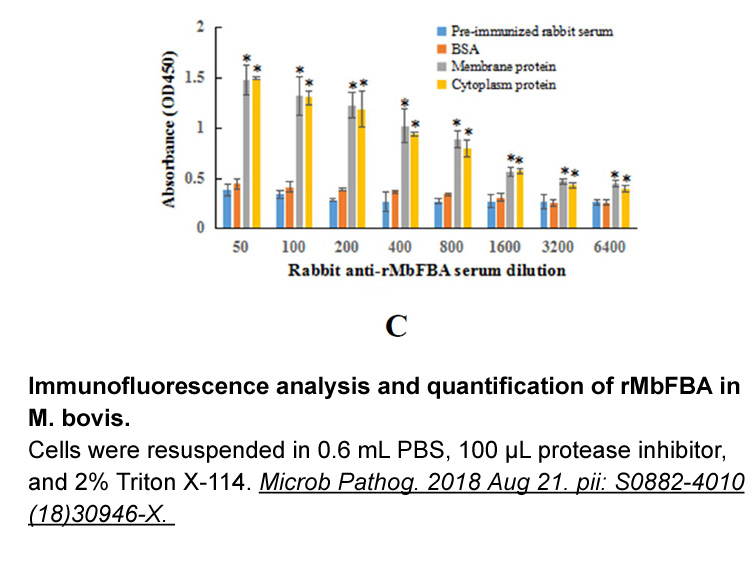
The synthetic routes to the substrates based on the 2,3-dihydroxynaphthalene and 6,7-dibromo-2,3-dihydroxynaphthalene cores are depicted in Scheme 3. A Michael-type glycosylation of 2,3-dihydroxynaphthalene 16a gave the acetylated sugar 17a which was deprotected giving the required β-glucosidase sub
-
Imatinib STI is a first line tyrosine kinase inhibitor TKI
2021-08-04

Imatinib (STI-571) is a first-line tyrosine kinase inhibitor (TKI) targeted at breakpoint cluster region-Abelson kinase (ABL) for the treatment of chronic myeloid leukemia (CML) [26]. As a type II inhibitor, imatinib achieves significant selectivity by binding to an inactive DFG-out conformation (DF
-
E is a classical initiator protein and as
2021-08-04

E1 is a classical initiator protein and, as such, plays several roles in the initiation and catalysis of viral DNA synthesis. E1 must first recognize a specific segment of the viral ARRY334543 sale known as the “origin of DNA replication”, or “ori” for short. For most PV types examined to date, the
-
Covalent inhibitors are well suited for targeting
2021-08-04
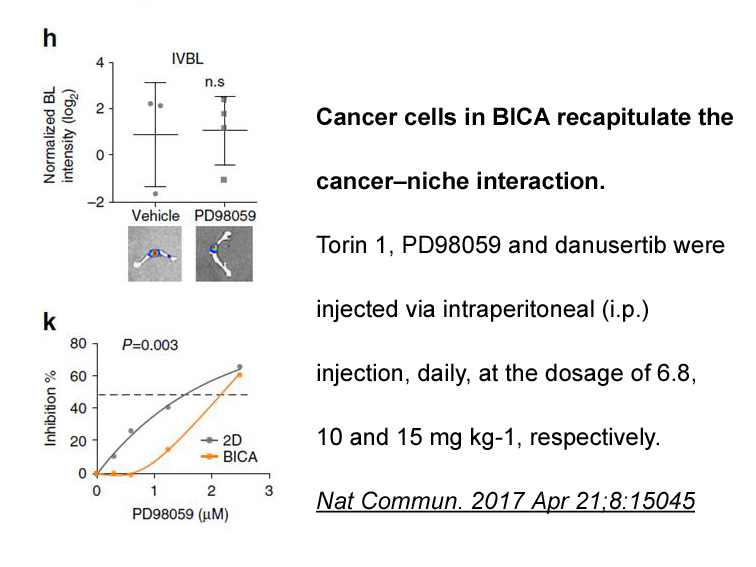
Covalent inhibitors are well suited for targeting the E1 ABT of Ubl modifications. Because the E1 enzymes in Ubl modifications, such as the SUMO E1 and Atg7, have a slow turnover rate (Boggio et al., 2004), prolonged inhibition can be achieved without requiring compounds to be stable in circulation
-
In conclusion we have found that Egr can play an
2021-08-04
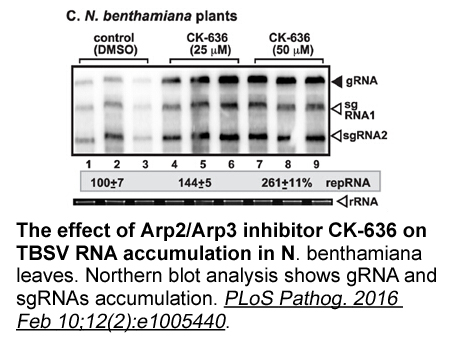
In conclusion, we have found that Egr1 can play an inhibitory role on DBH promoter-driven transcription. This inhibition requires a newly identified Egr1 response NSC228155 at the −227/−224 region of DBH promoter. This inhibition appears to result from Egr1 directly bound to the DBH promoter. We sp
-
br Synthesis and mechanism of
2021-08-04

Synthesis and mechanism of fluorescent DNA-CuNMs Application of fluorescent DNA-CuNMs Summary and conclusions In summary, we introduce recent research progress in the synthesis and various applications of DNA-CuNMs. DNA-CuNMs with novel catalytic, electrical and optical properties can be o
-
br Introduction Sphingolipids are ubiquitous membrane compon
2021-08-03

Introduction Sphingolipids are ubiquitous membrane components of all eukaryotic cells belonging to a group of complex lipids. The basic structure of sphingolipids is composed of a sphingoid long chain base (LCB) linked to a fatty Hyper Assembly Cloning sale via an amide bond to form a ceramide [
-
Exendin-3 (9-39) amide receptor The sequence identity of CYP
2021-08-03

The sequence identity of CYP3A163 with CYP3A sequences from other species is maximum in reptiles ranging (75-91)%, gradually decreasing from Exendin-3 (9-39) amide receptor (63-71)% to mammals 62% to downwards based on evolutionary distances. The high level of homology with CYP3A77 in Alligator mis
-
Fenretinide The present findings suggested that nsEP inhibit
2021-08-03
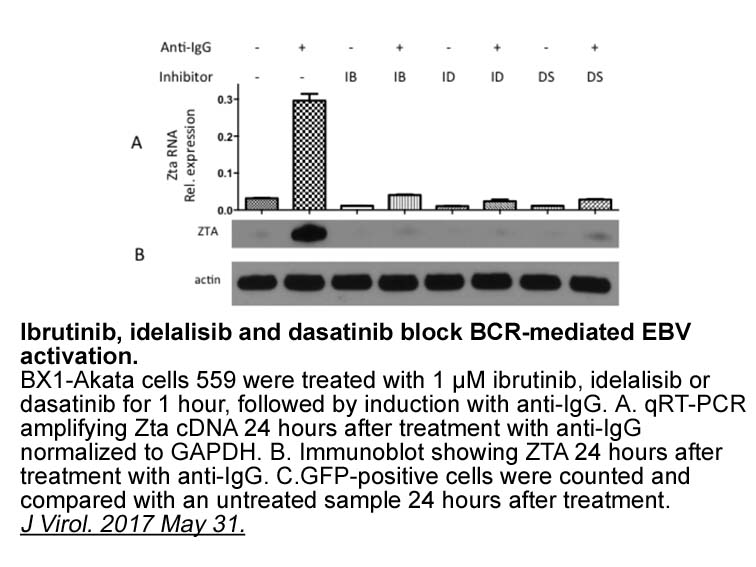
The present findings suggested that nsEP inhibited CPG2 via deprivation of zinc ions, with no effect on apoenzyme integrity. Zinc may be removed from CPG2 by the electric forces. Within CPG2, each zinc ion was coordinated by one histidine, one glutamate and one aspartate [6]. The nsEP field can alte
-
EP EP and EP receptor expression
2021-08-03
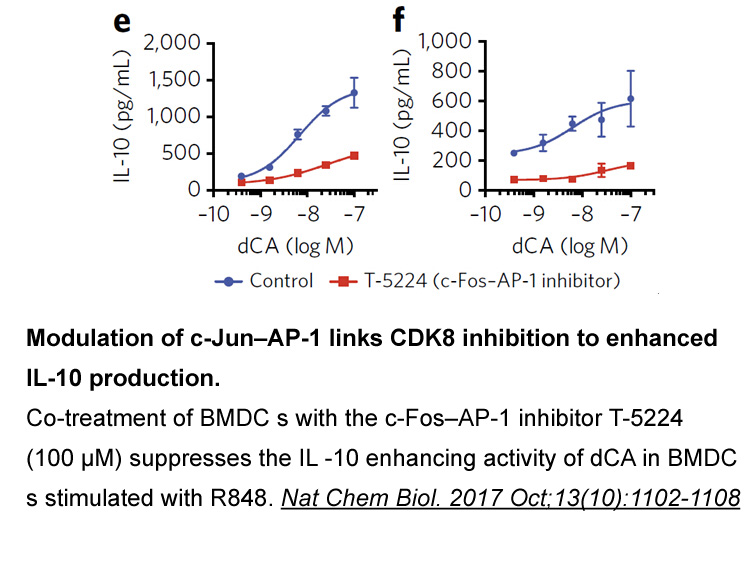
EP1, EP3 and EP4 receptor expression on HMVEC-L was shown recently by flow cytometry [14]. However, only EP4 mRNA expression was previously described in these cells [49]. Our data obtained with RT-PCR showed EP4 mRNA and very low levels of EP1 mRNA, but no EP2 and EP3 mRNA expression was detectable
-
br Conflict of interest br Acknowledgements This work
2021-08-03
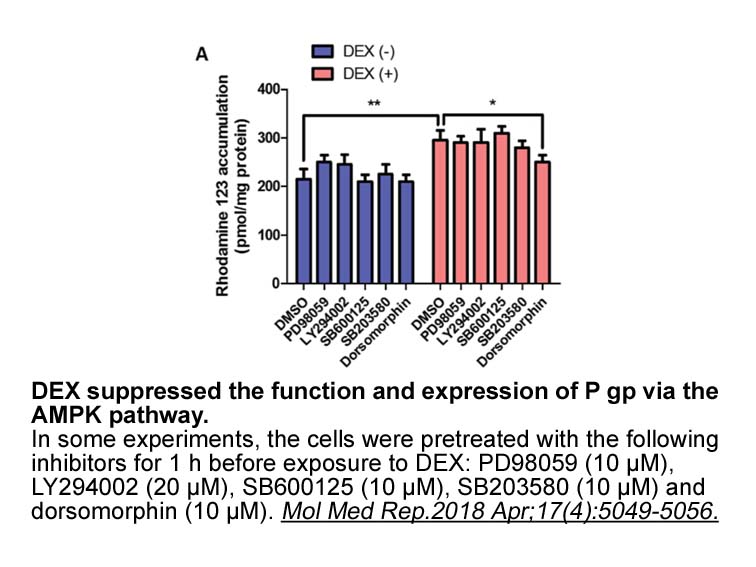
Conflict of interest Acknowledgements This work was supported by the Basic Science Research Program through the National Research Foundation (NRF) funded by the Ministry of Science, ICT & Future Planning (2013R1A1A1076117) and also by the Priority Research Centers Program through the NRF funde
-
br Funding This work was supported by the
2021-08-03
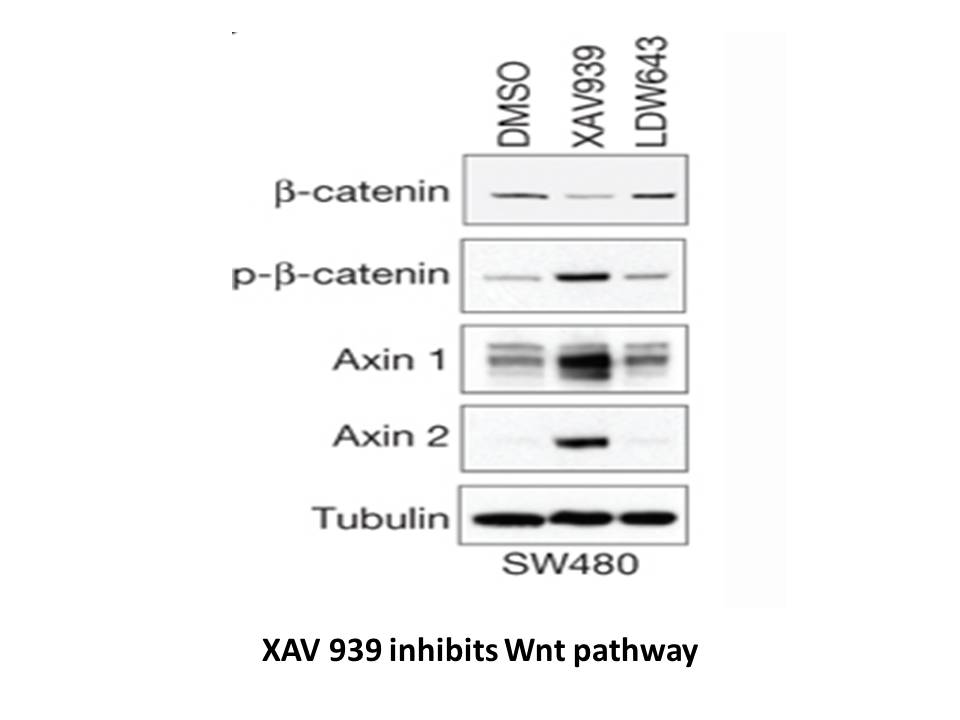
Funding This work was supported by the PACA Region and Avignon Université. Acknowledgements Introduction Cancer is a pivotal health problem all over the world [1]. In spite of enormous advances achieved in diagnosis and treatment over the past decades, it still accounts for over 22000 deat
-
br Funding This work was supported by the
2021-08-03

Funding This work was supported by the PACA Region and Avignon Université. Acknowledgements Introduction Cancer is a pivotal health problem all over the world [1]. In spite of enormous advances achieved in diagnosis and treatment over the past decades, it still accounts for over 22000 deat
-
Here we explored the relative
2021-08-02
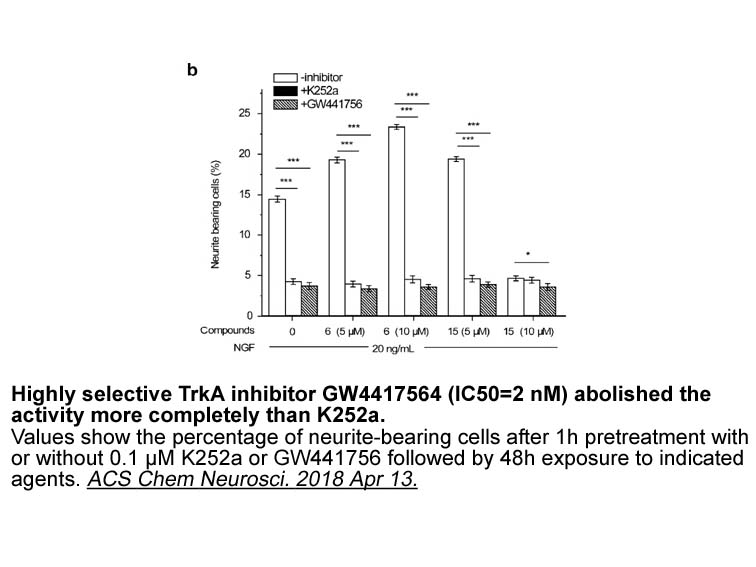
Here we explored the relative contribution of D1-like and D2-like receptor subtypes in the control of glutamate release, as well as their pharmacological properties and their interactions modulating the release. The pharmacological parameters (EC50 and Emax) of dopamine for the different types of re
-
In neurodegenerative disorders neurons are excited by enormo
2021-08-02
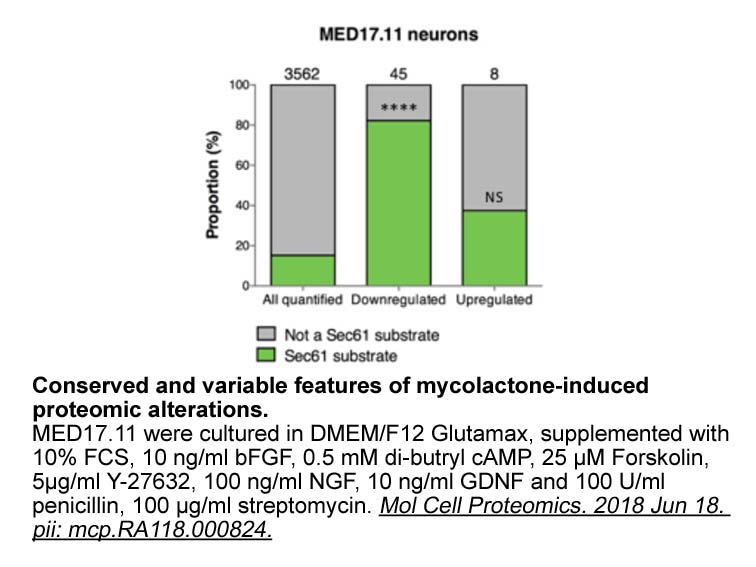
In neurodegenerative disorders neurons are excited by enormous ionic flow which induces mitochondrial dysfunction and apoptosis. Glutamate as the main excitatory neurotransmitter, is released excessively in these diseases. Glutamate acts through N-methyl-d-aspartate (NMDA) receptor and α-amino-3-hyd
16098 records 627/1074 page Previous Next First page 上5页 626627628629630 下5页 Last page